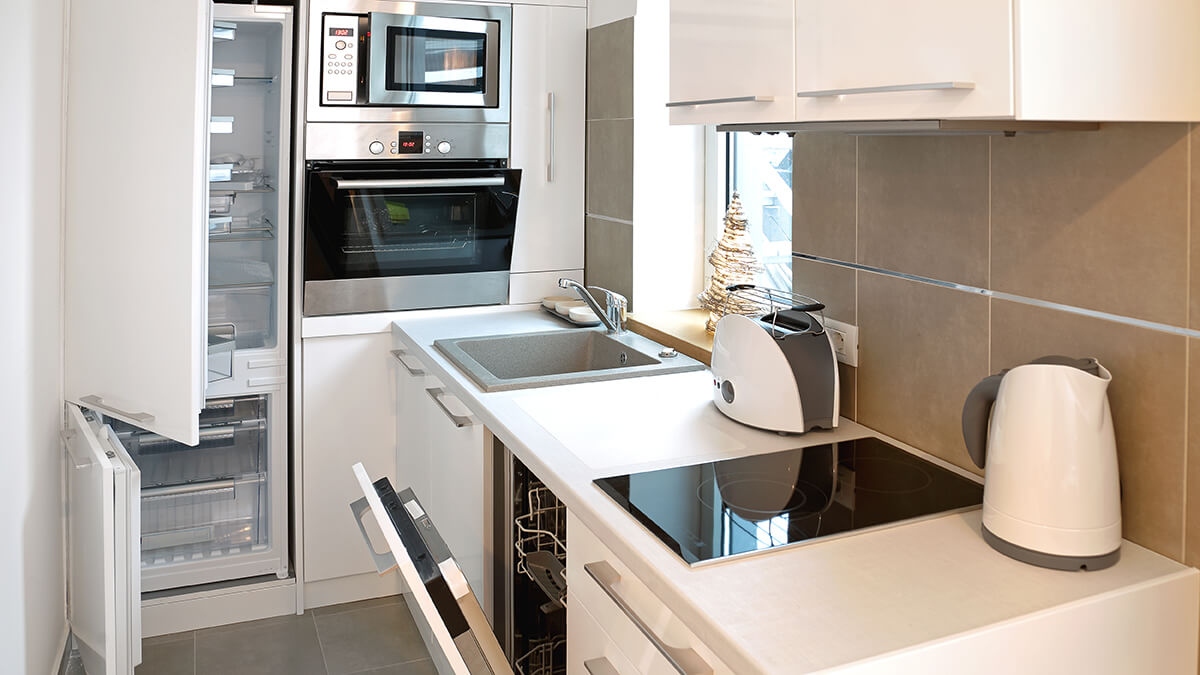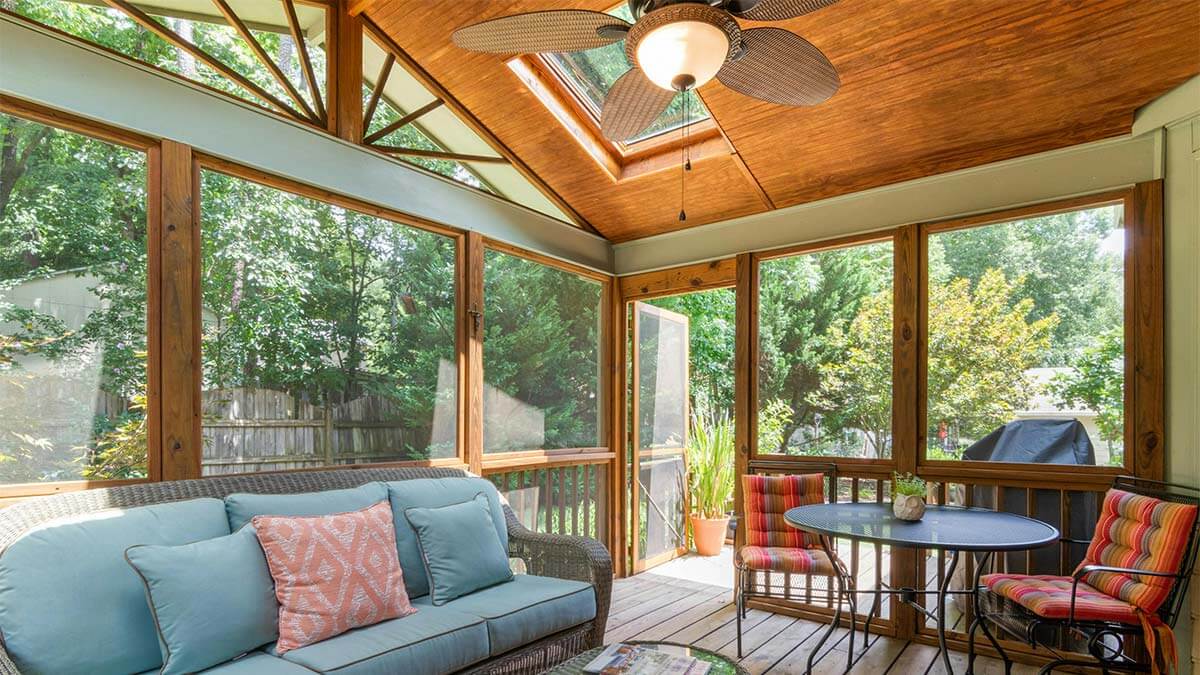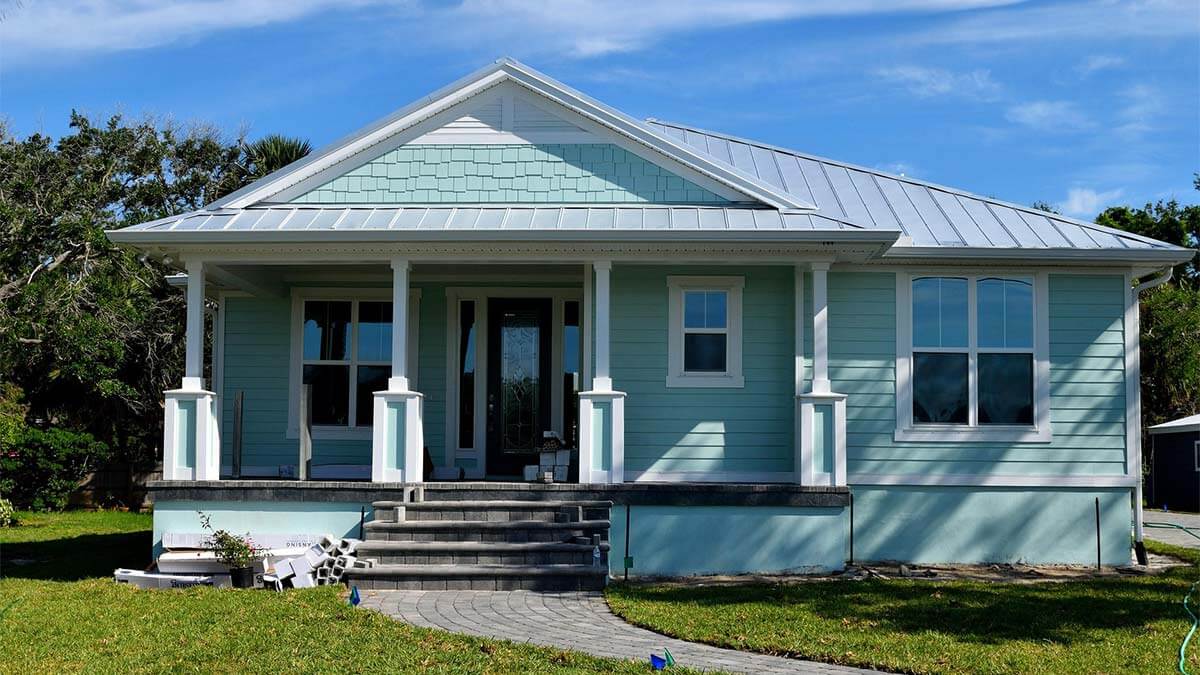Downsizing is a growing trend among homeowners of all ages, and for good reason. Whether you’re an empty nester, seeking financial relief, or just looking to live more sustainably, downsizing your home can offer a fresh start. Moving into a smaller space doesn’t mean you have to sacrifice comfort—in fact, many people find that a well-planned downsizing process leads to a simpler, more fulfilling lifestyle.
Downsizing offers a wide range of benefits, from cutting down on clutter to lowering housing costs. A smaller home means less to clean and maintain, which frees up time and energy for things that matter most. Plus, with rising energy costs and a push toward eco-friendly living, many are discovering the value in reducing their carbon footprint.
If you’re ready to take the plunge, iBuyer.com can be a great resource. We make the selling process quick and efficient, helping you focus on finding your ideal new home. Downsizing can feel overwhelming at first, but with the right steps, you’ll be well on your way to a more manageable, cost-effective, and enjoyable living space.
Compare Cash Offers from Top Home Buyers. Delivered by Your Local iBuyer Certified Specialist.
One Expert, Multiple Offers, No Obligation.
Downsizing Your Home
Understanding the Benefits of Downsizing
Downsizing can lead to powerful changes in your finances, lifestyle, and even the environment. Here’s how a smaller home can bring big benefits:
- Financial Advantages: Moving to a smaller home can significantly reduce your monthly costs. Lower mortgage payments, reduced utility bills, and fewer maintenance expenses all add up. Downsizing can give you more financial freedom to travel, invest, or just enjoy a more relaxed budget.
- Lifestyle Improvements: Downsizing can simplify your life. With less space, you’re encouraged to keep only what you truly need and love, which reduces clutter and stress. A smaller home also means less time spent on cleaning and repairs, giving you more time to focus on hobbies, family, or exploring new places.
- Environmental Impact: Choosing a smaller home reduces your carbon footprint. With less energy needed to heat, cool, and maintain the space, you’re contributing to a more sustainable lifestyle. Downsizing can be an empowering choice for those who want to live more consciously and make a positive environmental impact.
Assessing Your Current Situation
Before making any big decisions, take time to evaluate your current home and lifestyle. Start by considering if your current space is working for you or if it’s more than you need.
- Evaluate Your Home’s Size and Utility: Think about how much of your current home you actually use. Are there rooms that sit empty most of the time? Identifying these areas can help you see where you could comfortably scale down.
- Identify Personal Reasons and Goals: Ask yourself why you’re considering downsizing. Are you seeking financial relief, wanting a change in lifestyle, or maybe preparing for retirement? Clarifying your “why” will guide you in making the best decisions along the way.
- Consider Future Needs and Lifestyle Changes: Downsizing is a long-term decision, so think ahead. Envision your future needs and lifestyle. If you’re approaching retirement or plan to travel more, a smaller, low-maintenance home could make your life easier and more flexible.
Planning Your Downsizing Journey
A successful downsizing journey requires a clear plan. Here’s how to map out the process to make it as smooth as possible:
- Set Realistic Timelines and Milestones: Downsizing isn’t a one-day project. Set achievable milestones, like deciding which items to keep, researching moving companies, and finding a buyer. These smaller goals will make the process feel manageable and help you track your progress.
- Budget for Moving and Potential Renovations: Moving and preparing a new space can come with extra costs. From hiring movers to making small upgrades in your new home, create a budget that covers each step. This way, you’ll avoid surprises and have peace of mind throughout the process.
- Research Suitable Smaller Homes or Living Arrangements: Not all downsizing options are the same. Explore smaller homes, condos, apartments, or even senior living communities if that fits your lifestyle. Visit properties in person or online to get a feel for what would be most comfortable and functional for your next chapter.
Decluttering and Organizing
Downsizing offers a great opportunity to declutter and focus on what truly matters. Here’s a step-by-step approach to organizing your belongings:
- Use a Room-by-Room Decluttering Strategy: Tackle one room at a time, starting with spaces you use least often, like storage rooms or guest bedrooms. Sorting room by room keeps you from feeling overwhelmed and lets you see progress as you go.
- Decide What to Keep, Sell, Donate, or Discard: For each item, ask yourself if it’s essential, meaningful, or frequently used. Items that don’t make the cut can be sold, donated, or discarded. This process can feel freeing and will help you enter your new home with only the things you truly need.
- Utilize Storage Solutions for Essentials: Keep your downsized space functional by using smart storage solutions. Stackable bins, under-bed storage, and closet organizers can help you make the most of a smaller space without sacrificing the essentials.
Maximizing Space in a Smaller Home
In a smaller home, making the most of your space is key. Here are a few tips to help you create a comfortable, functional environment without feeling cramped:
- Choose Multifunctional Furniture and Appliances: Opt for furniture that serves more than one purpose, like a sofa bed, an ottoman with storage, or a dining table that doubles as a desk. These versatile pieces save space and increase the functionality of your home.
- Implement Smart Storage Solutions: Maximize every inch of space with clever storage hacks. Use shelves that reach the ceiling, hooks behind doors, and stackable containers. This keeps your belongings organized and prevents clutter from taking over.
- Design Open and Airy Spaces: When decorating, aim for light colors and minimal furnishings to create an open feel. Mirrors, natural light, and smart furniture placement can make your home feel more spacious and inviting.
Emotional and Psychological Considerations
Downsizing isn’t just a physical process; it’s an emotional one, too. Here’s how to handle the mental aspects of letting go and adjusting to a new space:
- Coping with Letting Go of Possessions: Parting with belongings, especially sentimental items, can be tough. Remind yourself that memories aren’t tied to objects and consider keeping just a few special items that hold the most meaning. Taking photos of items before donating or selling them can also help you keep a memory without holding onto the physical object.
- Preparing for Lifestyle Changes: Moving into a smaller home requires adjusting to a different way of living. Visualize the benefits of this new lifestyle, such as more financial freedom, reduced upkeep, and a clutter-free space. Focusing on the positives can make the transition easier.
- Involve Family Members in the Process: Downsizing affects everyone in the household, so involve family members in the process. Allow them to express their thoughts, especially if the move involves giving up family items or changing family traditions. This open dialogue can make the experience smoother and more meaningful for everyone.
Reilly’s Two Cents
Over the years, I’ve helped many clients through the downsizing process, and one thing is clear: starting early and staying organized makes all the difference. Here are a few practical tips I always share to help make the journey smoother and less stressful:
- Start Early to Avoid Last-Minute Stress: Downsizing is a big task, so give yourself plenty of time to go through everything. Starting early means you can declutter thoughtfully without feeling rushed.
- Prioritize Items That Add Value to Your Daily Life: As you sort through your things, keep what you use regularly and what brings you joy. By focusing on value over volume, you’ll create a more intentional and manageable living space.
- Use Technology to Digitize Documents and Photos: To save space, scan important documents and photos and store them digitally. This way, you can preserve memories and records without the bulk of physical items.
- Seek Professional Help for Organizing and Moving: Professional organizers and movers can make downsizing easier by offering expertise and an extra set of hands. Their guidance can help you stay on track and make difficult decisions along the way.
Conclusion
Downsizing can be a rewarding journey, bringing financial benefits, a simpler lifestyle, and even a smaller carbon footprint. By thoughtfully approaching each step—evaluating your current situation, planning your move, decluttering, and managing the emotional aspects—you can make downsizing a positive experience that aligns with your goals.
If you’re ready to take the next step, consider using iBuyer.com to simplify the process of selling your current home. Our easy, efficient selling options can help you focus on finding your ideal new space without the usual stress of a traditional home sale. Remember, downsizing is more than just moving to a smaller home; it’s about embracing a fresh start with less and living a life that’s easier to manage and enjoy.
Instant Valuation, Confidential Deals with a Certified iBuyer.com Specialist.
Sell Smart, Sell Fast, Get Sold. No Obligations.
FAQ
Begin by evaluating your current home and identifying your reasons for downsizing. Set clear goals and start decluttering room by room. Planning early makes the process smoother and less overwhelming.
Ask yourself if an item is essential, regularly used, or holds deep sentimental value. For everything else, consider selling, donating, or discarding it. Prioritize items that add value to your daily life.
Emotional attachment to belongings, adjusting to a smaller space, and handling the logistics of moving can be challenging. Planning, involving family, and giving yourself time can help manage these challenges.
Opt for multifunctional furniture, light colors, and smart storage solutions. Using mirrors and natural light can also create a more open, airy feel, making your space comfortable and inviting.
Yes, professional organizers and downsizing consultants can guide you through sorting, packing, and organizing. Moving companies also offer packing and relocation services to make the process easier.
Reilly Dzurick is a seasoned real estate agent at Get Land Florida, bringing over six years of industry experience to the vibrant Vero Beach market. She is known for her deep understanding of local real estate trends and her dedication to helping clients find their dream properties. Reilly’s journey in real estate is complemented by her academic background in Public Relations, Advertising, and Applied Communication from the University of North Florida.




